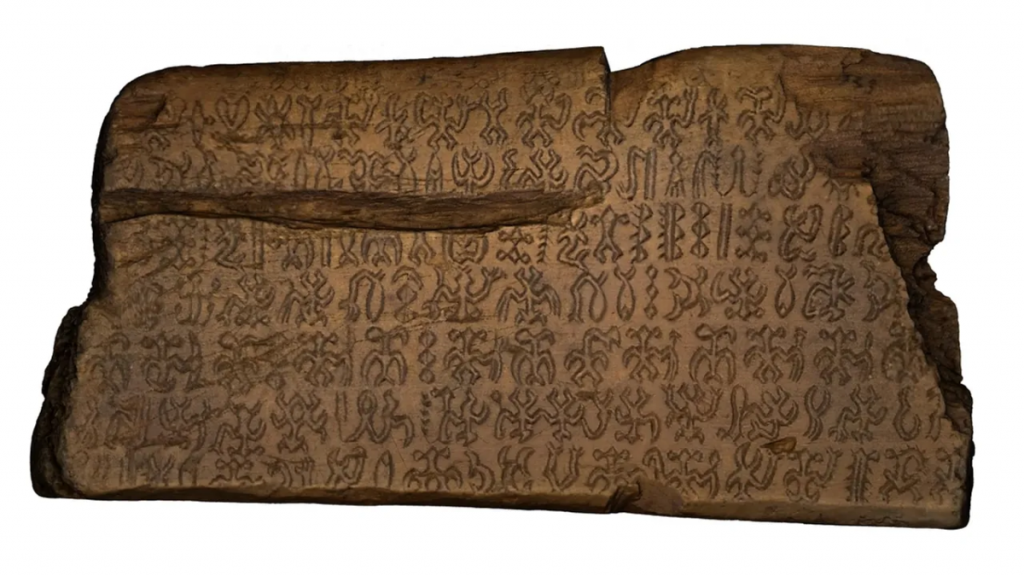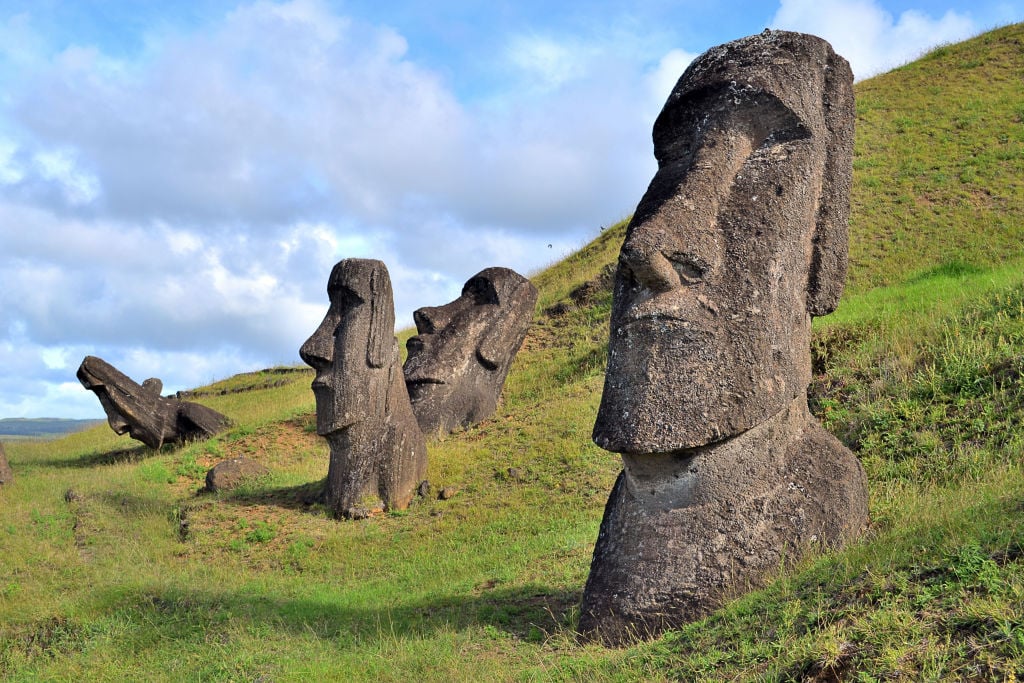Archaeology & History
Does This Undeciphered Easter Island Script Predate the Arrival of Europeans?
This would place the people of Rapa Nui in a small class of civilizations that independently developed their own writing systems.

This would place the people of Rapa Nui in a small class of civilizations that independently developed their own writing systems.

Artnet News

About 30 wooden objects from the remote island of Rapa Nui, also known as Easter Island, in the South Pacific Sea bear an engraved script that remains untranslated. Experts have long wondered whether the script predates the arrival of European travelers on the island in the 18th century, and is therefore an independently invented form of writing. Now, a team of nine experts has published in a paper in the journal Scientific Reports that argues that at least one of these tablets dates to the mid-15th century.
The Rapa Nui people developed a form of writing known as Rongorongo, which features about 400 distinct glyphs and resembles no other known script, according to the report’s authors. Rongorongo was first noticed by Europeans in 1864 and is now extant on 27 finely carved wooden tablets. By the time these objects were recovered, however, there were no surviving natives on the island who could decipher them, since decades of disease and raids by European slavers had decimated the population.

Moai statues on Easter Island, Rapa Nui. Photo by Andia/ Universal Images Group via Getty Images.
Four of those tablets were taken from Easter Island by European missionaries in 1869 and given to Tepano Jaussen, the Bishop of Tahiti; they were later sent on to Europe. The one dating to the 15th century is among them and now resides at the Congregation of the Sacred Hearts of Jesus and Mary, in Rome.
“If Rongorongo predates the arrival of external travelers,” the paper states, “it could represent another, and the latest, invention of writing in human history.” Other civilizations that independently developed their own writing systems include the Sumerians, the Egyptians, and the Chinese.
Situated about 2,400 miles off the coast of Chile, Rapa Nui was settled by humans between the dates of 1150 and 1280. It is principally known for the giant stone heads embedded in the earth there.